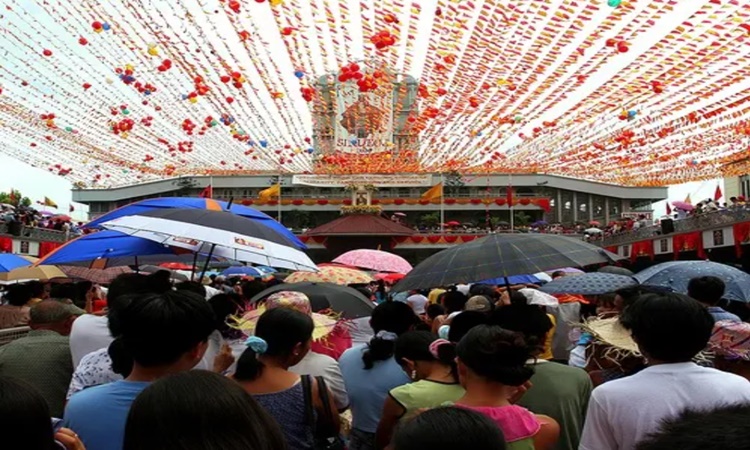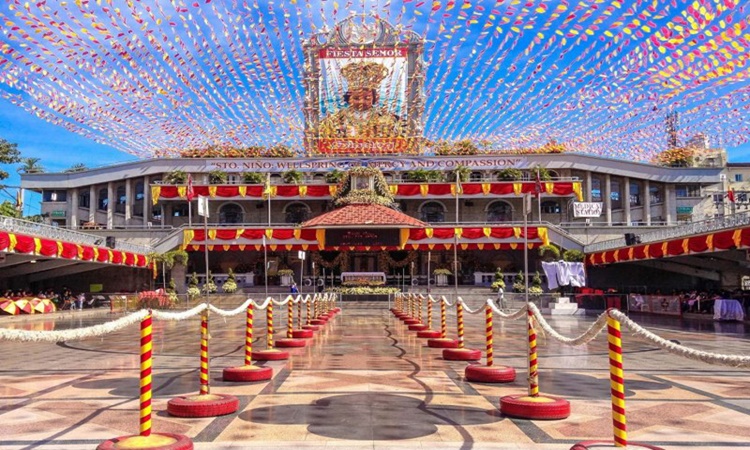Basilica Minore del Santo Niño de Cebu Will Implement Strict Clothes Policy in October
CEBU – Beginning in October, Basilica Minore del Santo Niño de Cebu will enforce a strict dress code.
Starting in October, the Basilica Minore del Santo Niño de Cebu, Cebu’s renowned and centuries-old Catholic Church, will no longer permit “improper” attire.
Visitors, including pilgrims, Mass-goers, and tourists, particularly women in spaghetti straps, backless clothing, or short skirts, will be barred from entering the basilica. This is the oldest Catholic Church in the country, founded in 1565, and it continues to attract hundreds of visitors daily.

The dress code also prohibits short pants, low-waist pants, ripped jeans, caps, hats, and sleeveless tops, according to an announcement posted on the basilica’s official Facebook page on September 1.
The Augustinian fathers, who oversee the church, clarified that the dress code, effective October 1, aims to ensure churchgoers demonstrate “respect for a sacred place.”
“To maintain the solemnity of our worship space, those arriving in attire deemed unsuitable for worship or who attempt to wear shawls rented outside the basilica will be denied entry,” they stated on Facebook on September 1.
READ ALSO: Young Girl Nearly Dies After Being Bitten by Cobra, Recovers After Prayer in Church

They further explained that this policy aligns with practices observed at other churches and shrines both locally and internationally.
“Proper attire” includes collared blouses with sleeves, knee-length or long dresses with sleeves, knee-length or long skirts, neckline tops with sleeves, polo shirts or collared shirts, T-shirts or long-sleeved shirts, jeans or slacks, office wear or smart casual attire, and decent footwear.
The basilica’s priests also advised tourists to avoid visiting the church on Fridays and Sundays unless they intend to participate in liturgical services.
The Augustinians requested understanding and cooperation from visitors and devotees who come to the basilica, which houses two of the country’s oldest religious images, gifts from Portuguese explorer Ferdinand Magellan in 1521.
“Together, as one Catholic Christian community, let us ensure a respectful and meaningful experience for all who come to the basilica, the home of our beloved Holy Child, Señor Sto. Niño de Cebu,” their statement read.
In 1521, Magellan led a Spanish expedition that arrived in Cebu, where he presented Cebu’s Queen Juana with an image of the Sto. Niño (Holy Child Jesus) and Rajah Humabon with the Ecce Homo (a bust of the suffering Jesus Christ) during their baptism on April 14 of that year.
Magellan also gave the natives an image of the Madonna, the Blessed Virgin Mary holding the infant Jesus. While the original images of the Santo Niño and the Ecce Homo remain on display for veneration inside the basilica, the Madonna has been missing for centuries.
